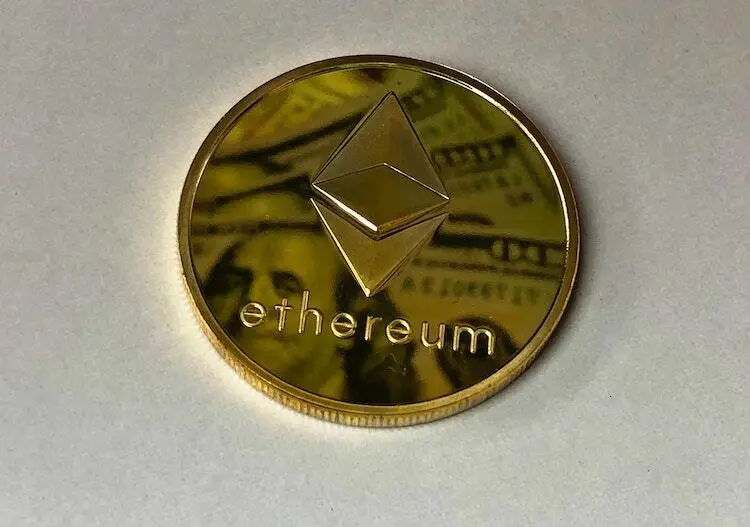A Journey Through Popular Digital Currencies: Bitcoin Focus
Digital currencies have revolutionized the way we perceive money and financial transactions. At the forefront of this revolution is Bitcoin, a decentralized digital currency that has captured the imagination of millions.
In this article, we will embark on a journey through the world of popular digital currencies, with a primary focus on Bitcoin. We’ll explore its historical evolution, the technology that powers it, its role as a store of value and medium of exchange, investment opportunities, and its place in the broader cryptocurrency ecosystem. While navigating through the BTC landscape, this educational resource tradeedgeai.com can turn you into a pro with its premium investment education.
Historical Evolution of Digital Currencies

Predecessors to Bitcoin
Before Bitcoin emerged, the concept of digital cash had been explored for decades. Early attempts at creating digital currencies date back to the 1980s and 1990s, with pioneers like David Chaum and his company DigiCash. However, these early endeavors faced challenges, including centralized control and regulatory issues.
Emergence of Bitcoin
The true breakthrough came in October 2008, when an individual or group operating under the pseudonym Satoshi Nakamoto published a whitepaper titled “Bitcoin: A Peer-to-Peer Electronic Cash System.” The whitepaper outlined a revolutionary concept – a decentralized, peer-to-peer electronic cash system that would eliminate the need for intermediaries. On January 3, 2009, the first Bitcoin block, known as the “genesis block,” was mined, marking the birth of the Bitcoin network.
Understanding the Technology Behind Bitcoin
Blockchain Technology
Basics of Blockchain
At the core of Bitcoin is blockchain technology, a distributed ledger that records all transactions across a network of computers. The blockchain is immutable, transparent, and secure, making it the backbone of Bitcoin and many other cryptocurrencies.
Decentralization and Consensus Mechanisms
Bitcoin achieves decentralization through a consensus mechanism called Proof of Work (PoW). Miners compete to solve complex mathematical puzzles, securing the network and validating transactions. This decentralized consensus ensures trust and security in the absence of a central authority.
Mining and Cryptography
Proof of Work (PoW)
PoW requires miners to expend computational power to validate transactions and add them to the blockchain. This process is energy-intensive but ensures the network’s security and integrity.
Public and Private Keys
Bitcoin transactions rely on cryptographic keys. Public keys serve as addresses for receiving funds, while private keys provide access to those funds. Ownership and control of Bitcoin are established through these keys, making security paramount.
Bitcoin as a Store of Value
Gold vs. Bitcoin
Historical Comparison
Bitcoin is often referred to as “digital gold” due to its potential to store value over time. Like gold, it has scarcity and durability characteristics. This comparison has sparked debates about Bitcoin’s role in the global economy.
Investment Perspective
Investors view Bitcoin as a hedge against inflation and economic instability. Its limited supply and growing adoption have led to significant price appreciation, attracting institutional interest.
Bitcoin’s Limited Supply
Halving Events
Bitcoin undergoes “halving” events approximately every four years, reducing the rate at which new coins are created. This feature contributes to its scarcity and deflationary nature.
Inflation Hedge
Bitcoin proponents argue that its fixed supply makes it an ideal hedge against fiat currencies prone to inflation. This has fueled its adoption as a store of value.
Bitcoin’s Use as a Medium of Exchange
Adoption and Acceptance
Retailers and Businesses
Over the years, an increasing number of businesses and retailers have started accepting Bitcoin as payment. This growing acceptance enhances its utility as a medium of exchange.
Investment in Bitcoin Payment Processors
Companies like Square and PayPal have integrated Bitcoin into their payment processing systems, further legitimizing its use as a medium of exchange.
Challenges and Criticisms
Scalability Issues
Bitcoin’s network faces scalability challenges, leading to slow transaction processing times and higher fees during peak usage. Solutions like the Lightning Network aim to address these issues.
Regulatory Concerns
Governments and regulators worldwide are still grappling with how to classify and regulate cryptocurrencies like Bitcoin. Regulatory uncertainties can affect its use as a medium of exchange.
Investment and Speculation
Bitcoin’s Volatility
Price Fluctuations
Bitcoin’s price has experienced extreme volatility, with significant price swings in short periods. This volatility attracts both traders and long-term investors.
Institutional Interest
Institutional investors, such as hedge funds and corporations, have increasingly shown interest in Bitcoin as a speculative and investment asset, further contributing to its price dynamics.
Investment Strategies
Hodling vs. Trading
Bitcoin investors often choose between long-term holding (“hodling”) and active trading. Each approach carries its own risks and potential rewards.
Diversification
Some investors use Bitcoin as part of a diversified investment portfolio to spread risk and capture potential returns.
Bitcoin in the Wider Cryptocurrency Ecosystem
Altcoins and Forks
Ethereum, Litecoin, and Other Notable Coins
Bitcoin is just one of thousands of cryptocurrencies in existence. Ethereum, Litecoin, and other notable coins offer different features and use cases.
Bitcoin Forks (e.g., Bitcoin Cash, Bitcoin SV)
Bitcoin has experienced contentious forks, resulting in the creation of new cryptocurrencies like Bitcoin Cash and Bitcoin SV. These forks highlight governance and ideological debates in the crypto space.
Conclusion
In conclusion, Bitcoin has come a long way since its inception. It has transformed from a mere concept to a global digital asset with substantial value and influence. Its underlying technology, blockchain, has inspired countless innovations, and its impact on finance and investment continues to grow. As Bitcoin’s journey continues, it remains a focal point in the ever-evolving world of digital currencies, promising exciting developments and challenges on the horizon.







This page is fabulous. The brilliant substance reveals the distributer’s interest. I’m awestruck and expect further such extraordinary material.